Optimising water use in copper flotation with the design of experiments and machine learning
DOI:
https://doi.org/10.17159/sajs.2025/16239Keywords:
fresh water, recycled water, sustainable water management, machine learning, design of experiments, recovery, response surfaceAbstract
As part of the management of water resources at the industrial level, especially with the drop in water levels caused by drought, we resort to the recycling of water in the copper flotation process at Bleida Mine in Morocco. This study aims to take into consideration both the environmental conditions in terms of the reduction in water reserves and economic conditions in terms of ensuring sufficient metal recovery. Experimental findings demonstrated that the use of recycled water has a significant impact on copper recovery and grade. For that, this impact was investigated in order to determine the optimal proportion of recycled and fresh water that can be used in the mining process to ensure sufficient metal recovery. Through the design of experiments with the integration of machine learning, especially for the choice of the model, the optimal proportion was determined, which made it possible to achieve a metal recovery of more than 80% using a 50/50 mix of fresh and recycled water. This result was confirmed with real tests by trying several proportions in the Denver flotation cell in the laboratory. This approach not only advances the field of water resource optimisation but also provides a practical experimental framework for similar applications in other industries’ challenges by searching for a balance between environmental sustainability and economic efficiency.
Significance:
The use of 100% fresh water can lead to higher efficiency, but its high cost makes it economically unfeasible. However, using a mixture of 50% fresh water and 50% recycled water can be both cost-effective and efficient. Furthermore, the use of experimental designs to optimise reagents can help companies achieve the best possible efficiency despite using recycled water. Therefore, this approach can be a sustainable and cost-effective solution for companies looking to maximise their profits while reducing their environmental impact.
Downloads
Published
Issue
Section
License

All articles are published under a Creative Commons Attribution 4.0 International Licence
Copyright is retained by the authors. Readers are welcome to reproduce, share and adapt the content without permission provided the source is attributed.
Disclaimer: The publisher and editors accept no responsibility for statements made by the authors
How to Cite
- Abstract 300
- PDF 470
- EPUB 329
- XML 144
- Peer review history 216

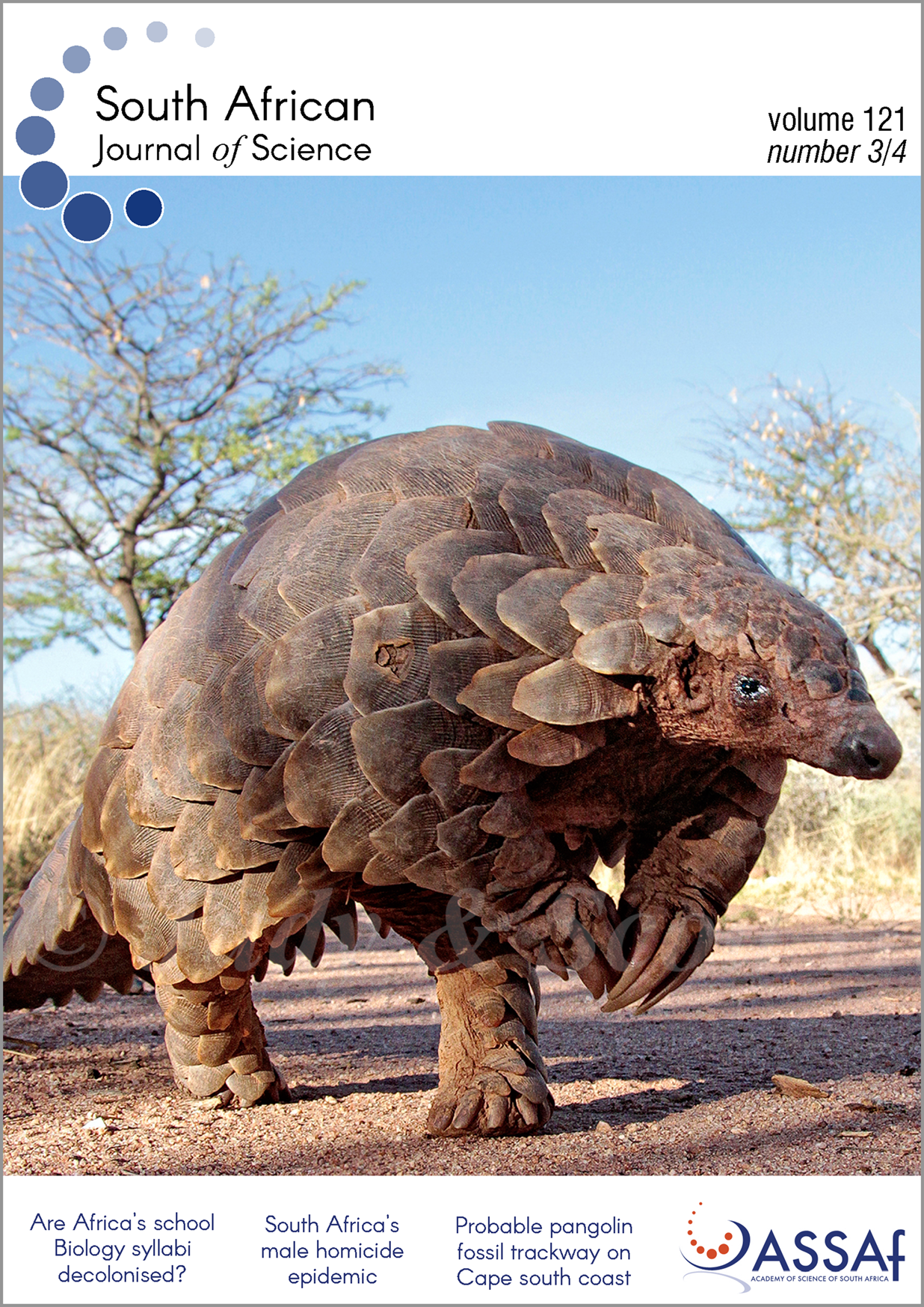




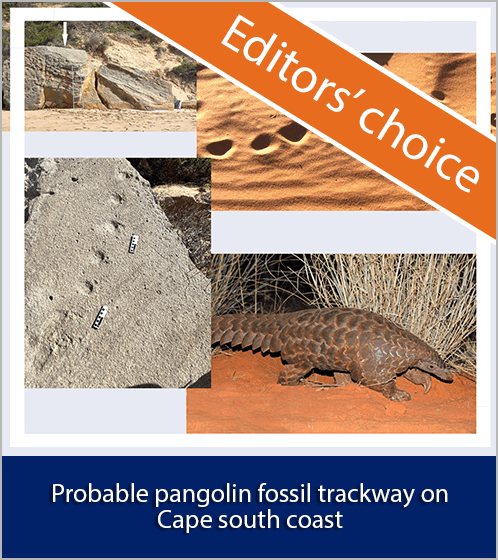
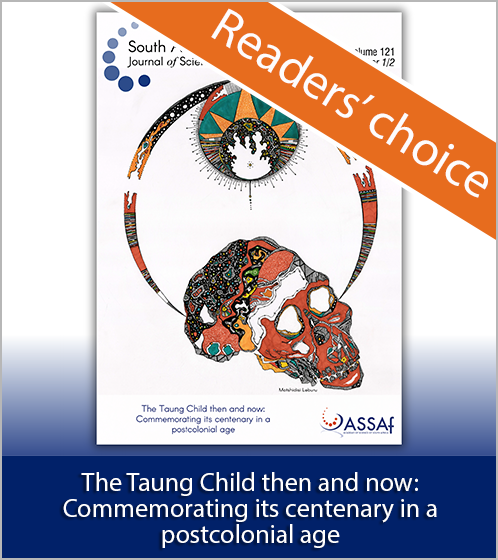
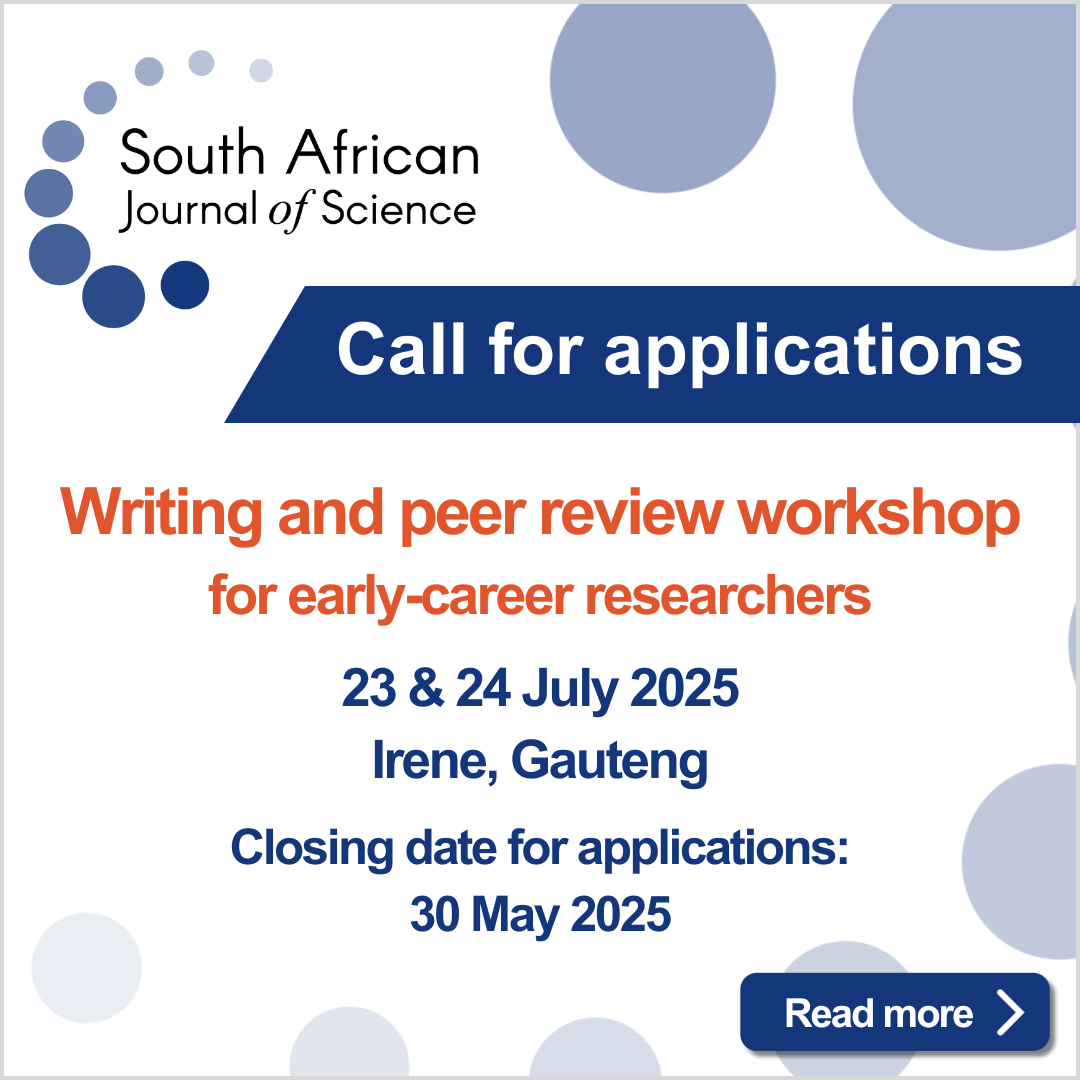

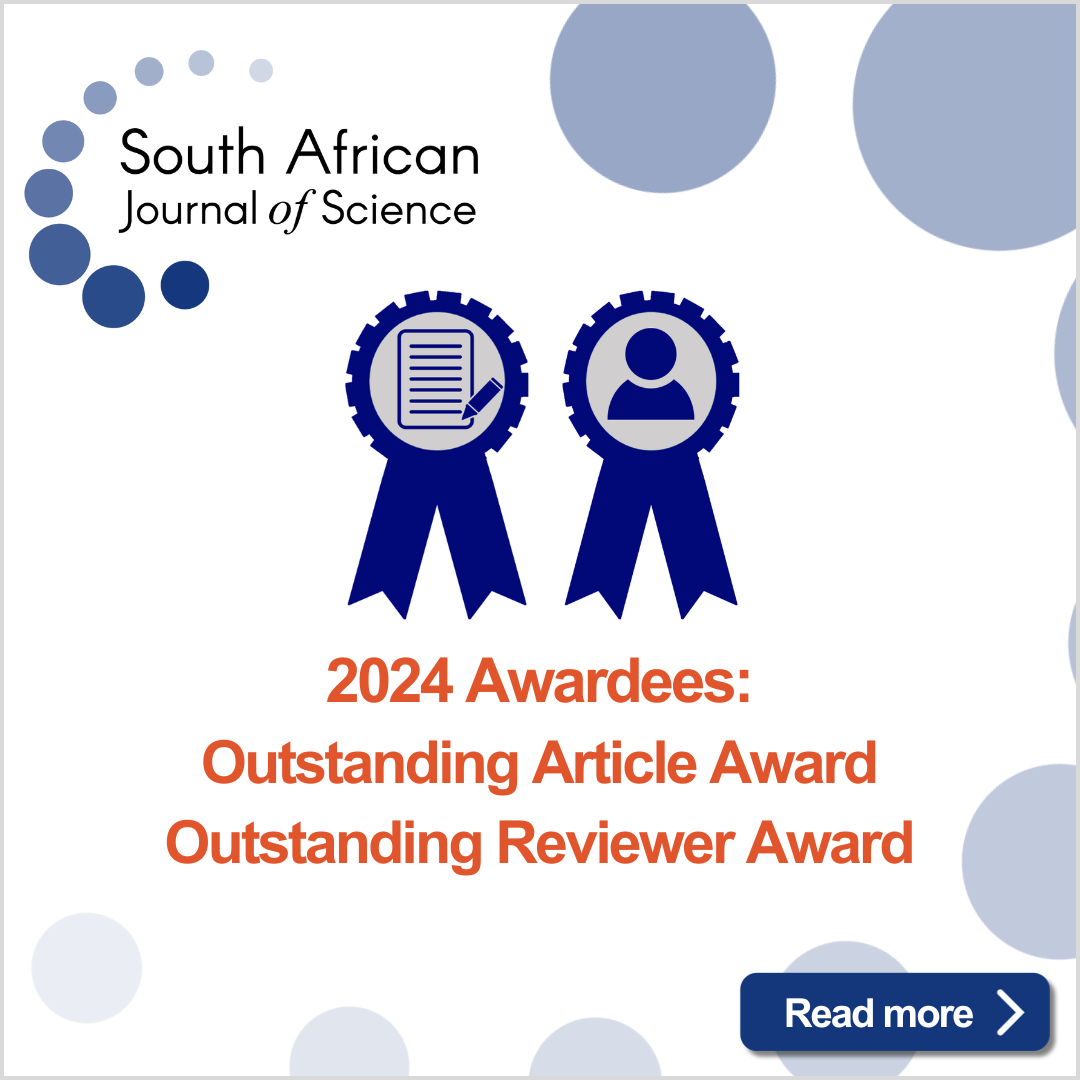

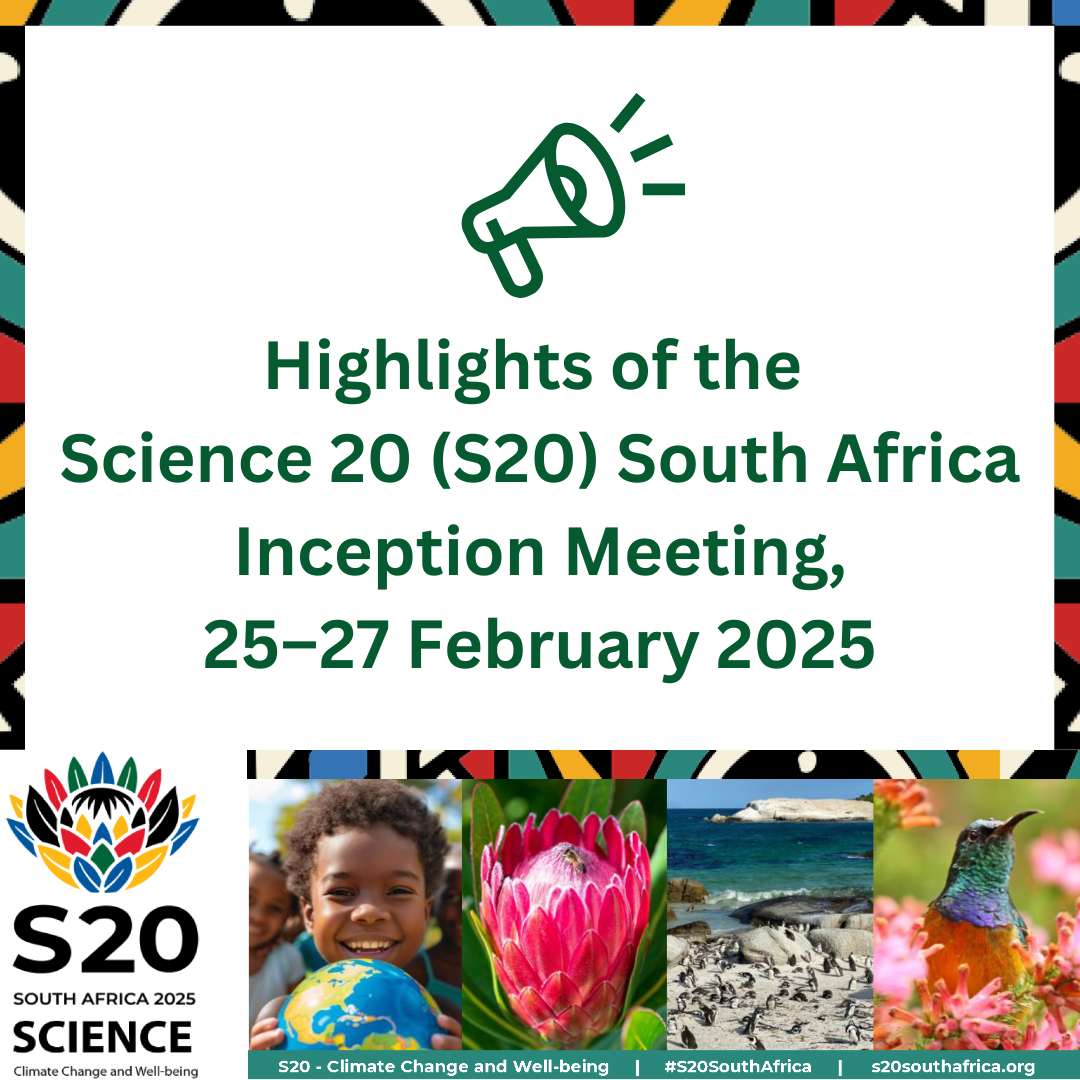
.png)